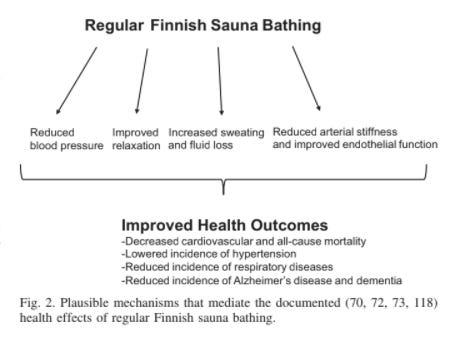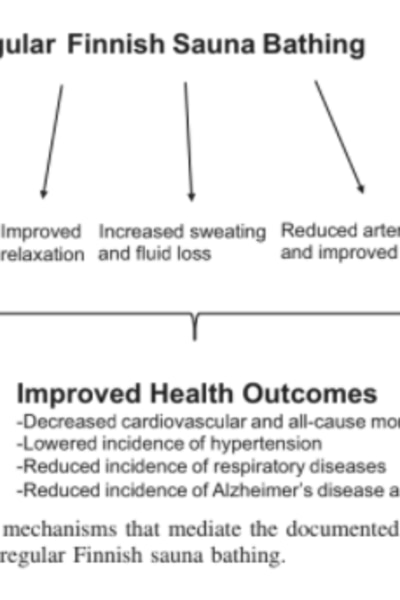Choosing the right (s)words 🧘♀️
🪶 Language and tradition change our perceptions of things from bad to good.
Which catches your attention first: discomfort or comfort?
What if the perception of either of these is more subjective than we realize?
For example, the Finns transform heat and cold into pleasure by using the sauna.
Russians use the banya for the same.
Actually, most Northern peoples have some version of the steam bath/cold plunge combination.
Today's research is about the sauna, but has implications for the ways we live in general.
Here’s the paper describing how:
Therapeutic heat, uncomfortable or even dangerous, can improve quality of life.
Therapeutic cold, uncomfortable or even dangerous, can also improve quality of life.
Culture and tradition, beginning at a very early age, are key to transmuting these discomforts into pleasures.
Read it here: Effects of heat and cold on health, with special reference to Finnish sauna bathing (2017).
I know that in the same way language and tradition can make uncomfortable experiences, like too much heat and too much cold, into pleasant ones also happens with traditional foods.
My paternal grandfather’s family emigrated from the Hokkaido region of Japan many generations ago.
We came to the States in time for for my great great uncles to serve in the 442nd regiment; and for my great great auntie to serve as a self-initiated midwife in the internment camp of Tule Lake.
At the time my ancestors left Hokkaido, there was an active assimilation policy toward the Ainu people that lived there.
Under this policy, many traditional Ainu foods became known by their Japanese names instead.
In this way, they were acceptable to consume and serve in public.
I notice a lot of masking of older traditions—Japanese and otherwise—within American culture.
For example, in my family, we youngsters say "soy sauce" and "chopsticks" instead of shoyu and hashi like the elders do.
This way, our non-Japanese peers and family members understand us.




